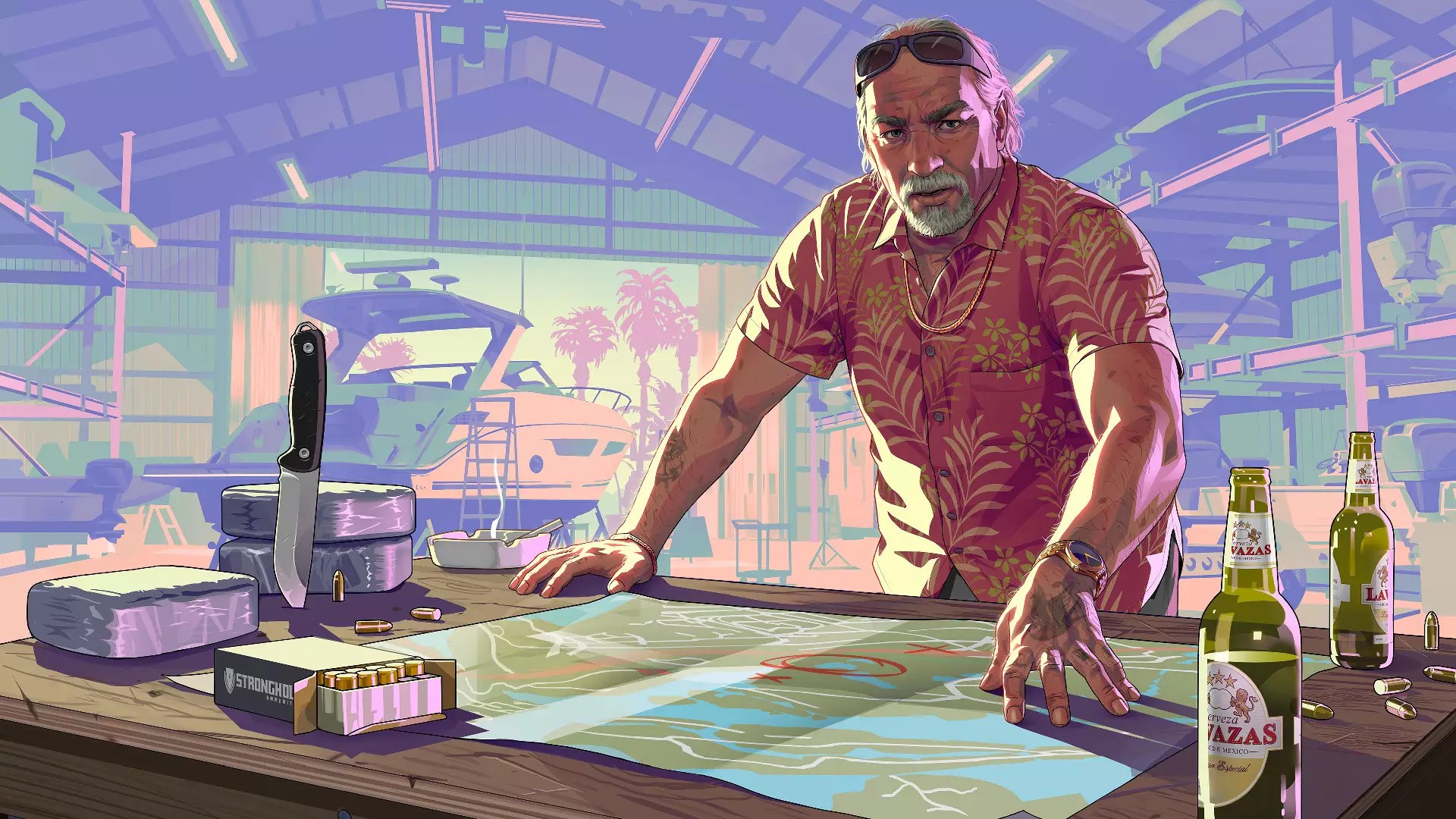The gaming industry is on the cusp of a seismic shift in how it values its blockbuster titles. Among the industry’s most anticipated releases, Grand Theft Auto 6 (GTA 6) stands as a beacon of potential profitability and innovation. Recent comments from industry analysts suggest that Rockstar Games might be poised to demand prices previously thought unthinkable — possibly reaching $100 for a premium edition. Such a move would not merely be a reflection of inflation or development costs but could signal a broader transformation in how consumers perceive and pay for gaming experiences. The question is whether such a steep price point is sustainable or a gamble that might alienate players, despite the game’s massive popularity.
Historically, AAA titles have hovered around $60 to $70, with occasional premium editions climbing higher. The idea of a $100 price tag, especially for a single game, challenges conventional notions of affordability and value. Yet, the broader context suggests that the industry is heading into an era where premium content and digital-exclusive products could command higher prices. This shift is partly driven by rising development costs, engaged fanbases willing to pay for digital deluxe editions, and the ever-increasing emphasis on monetized online ecosystems.
It’s important to understand that the alleged $1.5 billion development budget for GTA 6 far exceeds standard project costs, which already underscore a significant financial commitment. Rockstar has built a reputation for producing content of unmatched scope and detail, and the expectation is that players will have to pay a premium to access this level of quality. However, whether the market will embrace a $100 purchase remains uncertain. While some niche segments might see it as justifiable given the anticipated content quality, mainstream gamers could recoil at such high upfront costs, especially in a landscape saturated with more affordable indie and mid-tier titles.
Profitability: Is a $100 Price Point Justified?
Analyst projections highlight the immense profitability potential for Rockstar if GTA 6 reaches or exceeds the $100 mark. Michael Pachter, a well-known industry voice, predicts the game could generate upwards of $10 billion over its lifetime, with monthly revenues landing around $500 million from the online component alone. Such figures are staggering but not impossible given the franchise’s historical success and the sheer scale of current monetization strategies.
This profitability calculation hinges on the game’s ability to attract a massive install base willing to shell out big upfront or through recurring spending. Businesses like Rockstar and other AAA publishers are increasingly betting on a model where they recoup investments quickly through premium prices complemented by in-game microtransactions. However, this model invites controversy, especially when the base game price climbs to levels that can be perceived as extortionate.
A critical factor to consider is consumer perception of value. While some fans might justify a higher price due to the game’s expansive world, advanced graphics, and improved gameplay mechanics, others might see it as an overreach—an attempt to milk fans’ loyalty. The industry’s recent experience with high-priced editions of GTA 5, including collector’s and special editions, indicates that there is a market segment willing to pay more, but whether this can be expanded to a broader audience is uncertain.
Market Dynamics and the Power of Perception
The debate surrounding the $100 price point for GTA 6 also opens a larger conversation about pricing strategies in the modern gaming environment. Major publishers like Microsoft and EA have publicly stated they do not intend to adopt such high pricing for their upcoming titles, suggesting that $80 remains a more controversial yet somewhat acceptable ceiling. The mobile and indie gaming markets have demonstrated that affordability fosters wider audiences and longer engagement periods—an approach seemingly at odds with premium pricing.
Moreover, the historical success of more affordable editions and bundles cannot be overlooked. Rockstar itself has previously released high-cost collector’s editions for GTA 5, which sold for upwards of $150. Such editions target collectors and die-hard fans rather than the average consumer. These premium packages serve as proof that Rockstar is not averse to charging more, but whether this strategy can or should be extended to the standard game purchase is another matter altogether.
Adding complexity to this debate is the distinction between perceived value and actual affordability. Gamers value quality, extensive content, and immersive worlds, but they also resist paying prices that feel disproportionate to what is typically expected in the market. The risk for Rockstar is that a $100 baseline could set a precedent that might backfire if consumer sentiment shifts or if competitors introduce similarly priced or more affordable options.
The bottom line remains that while GTA 6 will undoubtedly be a major financial success, the path to maximizing profits without alienating core audiences will require a delicate balance. Whether Rockstar will gamble on a groundbreaking higher price or stick with more familiar pricing models remains to be seen. What is clear is that the industry’s evolution demands a nuanced understanding of value—one that considers not just profit margins but also consumer perception and long-term brand health.


Leave a Reply